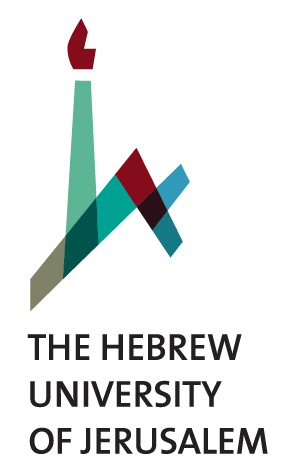Enduring Dialogue between Bone and Stone


Current Project
From Tangible to Intangible: The Enduring Dialogue between Bone and Stone
About
For nearly two million years, the hunter-gatherer lifestyle shaped human survival, blending economic necessity with social organisation. This way of life revolved around ongoing interactions with the environment, which early humans relied on for food and tool-making materials. The project “From Tangible to Intangible: The Enduring Dialogue between Bone and Stone” explores Palaeolithic butchery practices by integrating the analysis of animal remains and stone tools. At the heart of this investigation are cut marks — distinctive traces left on bones by stone tools during the processing of carcasses. These marks not only reveal which parts of animals were targeted for consumption, but also offer insight into the tools used and the broader relationship between human groups and their ecosystems. The project is supported by an International Postdoctoral Fellowship from The Azrieli Foundation, awarded to Dr E.F. Martellotta.
The Team
Work
This project is driven by research questions emerging from the faunal and lithic analyses of Middle Palaeolithic sites in Armenia, dated between 60,000 and 45,000 BP. Zooarchaeological evidence suggests these sites functioned as secondary butchery locations, primarily focused on the selective exploitation of large cattle limbs. The lithic assemblages display a clear pattern in raw material use: locally sourced basalt and chert were used to produce simple (unretouched) flakes, while obsidian—acquired from more distant sources—was reserved for elaborately retouched tools. This contrast raises important questions about the technological choices and functional roles of different raw materials in butchery practices.
At the core of the project is experimental archaeology, employed to replicate past behaviours and better understand how tool morphology and raw material influenced function and performance. A pilot experiment was carried out in early 2025 at the Centre Européen de Recherches Préhistoriques (CERP) in Tautavel (France), in collaboration with Dr D. Vettese. Expert knappers M. Brenet and J. Vosges produced a series of retouched and unretouched tools made from dacite, flint, and obsidian. These tools were then used in controlled experimental sessions to create cut marks on bone surfaces. While not intended as direct replications of specific Palaeolithic butchery techniques, this pilot experiment served to systematically test how differences in raw material and tool form affected cut mark characteristics—an essential step before moving to a full-scale experiment.
Building on this pilot phase, a full-scale butchery experiment will replicate the processing of an entire carcass using tools of the same raw materials and types. The experiment will involve lithic and faunal specialists, and will focus on butchery tasks such as skinning and filleting. Cut marks produced during this session will be analysed using stereomicroscopy, digital microscopy, and confocal microscopy at the PACEA lab in the University of Bordeaux (France), in collaboration with Dr L. Courtenay. Simultaneously, the lithic tool edges will be scanned both before and after use with high-resolution structured light scanning, in partnership with Dr G. Herzlinger and Dr H. Reshef from the University of Haifa (Israel). These scans aim to document patterns of edge attrition across raw material types. Ultimately, the same microscopic techniques will be applied to archaeological bones from the Armenian sites, enabling direct comparison with the experimental results. This integrated approach will allow us to associate specific stone tool types and materials with particular butchery actions, deepening our understanding of technological decision-making in the Middle Palaeolithic.





